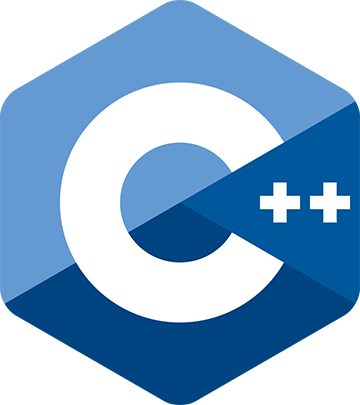Polymorphic Allocators, std::vector Growth and Hacking
Did you know them?
Polymorphic Allocators, std::vector Growth and Hacking
by Bartlomiej Filipek
From the article:
The concept of a polymorphic allocator from C++17 is an enhancement to standard allocators from the Standard Library.
It’s much easier to use than a regular allocator and allows containers to have the same type while having a different allocator, or even a possibility to change allocators at runtime.
Let’s see how we can use it and hack to see the growth of std::vector containers...

 All you need to know;
All you need to know; Getting up to date.
Getting up to date.